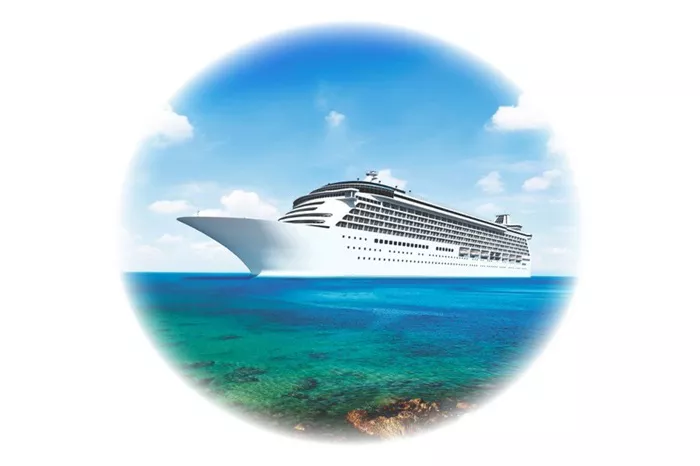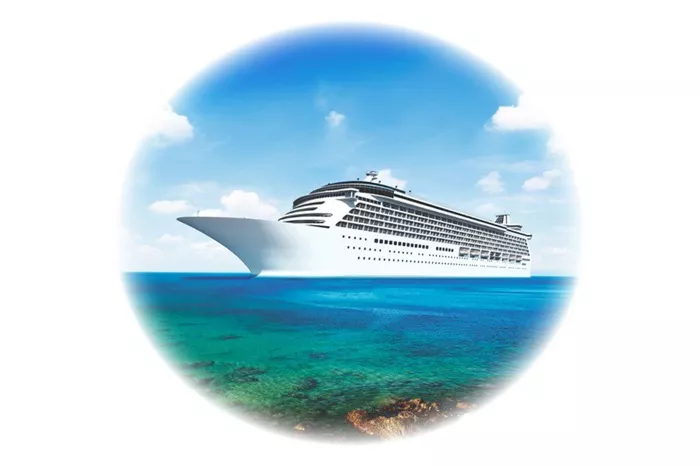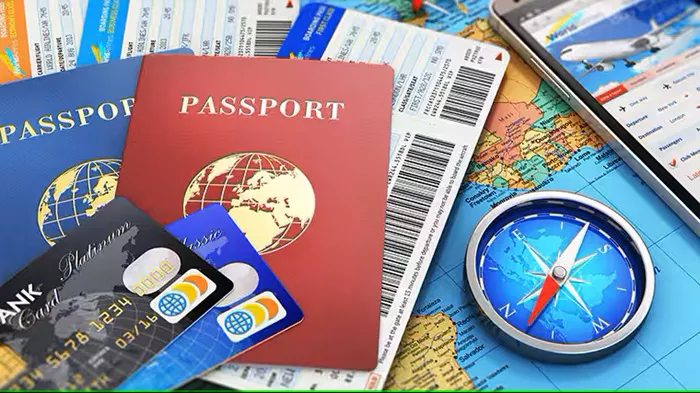Holiday insurance can often seem prohibitively expensive, leaving many travelers questioning why such a seemingly simple safeguard comes with a hefty price tag. This article delves into the various factors that contribute to the high costs of holiday insurance, examining how risk assessment, coverage breadth, administrative costs, and market dynamics play a role in setting these prices. Understanding these factors can help consumers make informed decisions and potentially find ways to mitigate the cost of their holiday insurance.
Factors Influencing the Cost of Holiday Insurance
1. Risk Assessment and Coverage Scope
The primary reason holiday insurance can be expensive is due to the comprehensive risk assessment involved. Insurance providers evaluate numerous factors to determine the risk associated with insuring a trip. These factors include:
Medical Risks
Travelers’ health conditions are a significant consideration. Insurance companies assess the risk of medical emergencies occurring abroad, which can be costly. Coverage for medical expenses, including hospital stays, emergency procedures, and repatriation, can increase the overall cost of insurance.
Trip Duration and Destination
The length of the trip and the destination also affect the premium. Longer trips generally involve higher risks of something going wrong. Moreover, traveling to destinations with higher medical costs or higher risk factors (such as political instability or high crime rates) can lead to increased premiums.
Activities Covered
Holiday insurance often covers a range of activities, from simple sightseeing to more adventurous activities like skiing or scuba diving. Policies that include coverage for high-risk activities tend to cost more due to the increased likelihood of claims.
2. Administrative Costs
Insurance providers incur various administrative costs that contribute to the price of holiday insurance. These costs include:
Underwriting and Claims Processing
The process of underwriting involves assessing the risk associated with a policyholder, which requires significant resources. Additionally, the cost of processing claims, including customer service and claims adjustment, also adds to the insurance cost.
Regulatory Compliance
Insurance companies must comply with various regulations and standards, which can be costly. Adhering to these regulations ensures that the insurance products offered are fair and transparent but also adds to the overall expense of providing insurance.
3. Market Dynamics and Competition
The dynamics of the insurance market play a crucial role in determining insurance costs. Several factors within the market influence pricing:
Competition Among Providers
The level of competition in the insurance market can affect prices. In markets with fewer insurance providers, prices may be higher due to a lack of competition. Conversely, a highly competitive market might offer lower prices but could also mean less comprehensive coverage.
Consumer Demand
High demand for holiday insurance can drive up prices. During peak travel seasons, insurance companies may raise premiums due to increased demand for coverage. Conversely, off-peak times may see more competitive pricing.
4. Claim Frequency and Payouts
Insurance costs are also influenced by the frequency and magnitude of claims:
High Claim Frequency
If a particular type of holiday insurance has a high frequency of claims, insurers may adjust premiums to cover these increased costs. For instance, if many travelers claim for lost luggage or trip cancellations, this can lead to higher premiums for future policyholders.
Large Payouts
Significant payouts for claims, such as those involving major medical emergencies or costly cancellations, can lead to higher premiums. Insurance companies adjust their pricing to ensure they can cover such large payouts while maintaining profitability.
See Also: What Can You Claim for on Holiday Insurance
5. Policy Features and Add-Ons
The features and add-ons included in a holiday insurance policy can also impact the cost:
Standard vs. Comprehensive Coverage
Basic holiday insurance policies generally cover essential risks, such as medical emergencies and trip cancellations. Comprehensive policies, which include additional coverage for items like rental car insurance or trip interruption, tend to be more expensive due to the broader range of risks covered.
Optional Add-Ons
Travelers can often customize their policies with various add-ons, such as coverage for extreme sports or additional protection for expensive items. Each add-on increases the overall cost of the insurance policy.
6. Geographical and Economic Factors
Economic conditions and geographical factors also play a role in determining insurance costs:
Economic Inflation
Inflation affects the cost of goods and services, including medical care. As medical costs rise, insurance premiums may increase to keep pace with these changes. Insurers adjust their pricing to reflect the rising costs of potential claims.
Regional Differences
The cost of holiday insurance can vary based on the region of coverage. For instance, traveling to countries with higher medical costs or those that are politically unstable can lead to higher premiums due to the increased risk associated with those destinations.
Tips for Managing Holiday Insurance Costs
While holiday insurance can be expensive, there are strategies to help manage and potentially reduce costs:
Shop Around
Comparing quotes from different insurance providers can help travelers find the best coverage at a more affordable price. Utilizing comparison tools and seeking quotes from multiple sources can reveal more cost-effective options.
Choose the Right Coverage
Selecting a policy that matches your specific needs and avoiding unnecessary add-ons can help manage costs. Basic coverage may be sufficient for some travelers, while others may require more comprehensive protection.
Purchase Early
Buying insurance early can sometimes lead to lower premiums. Last-minute insurance purchases, especially during peak travel seasons, may come with higher costs.
Conclusion
Holiday insurance is a crucial aspect of travel planning, offering financial protection against various risks. Understanding why holiday insurance is expensive involves examining factors such as risk assessment, administrative costs, market dynamics, claim frequency, policy features, and economic conditions. By being informed about these factors, travelers can make more educated decisions about their insurance needs and potentially find ways to reduce the cost of their holiday insurance while ensuring they are adequately protected.






















